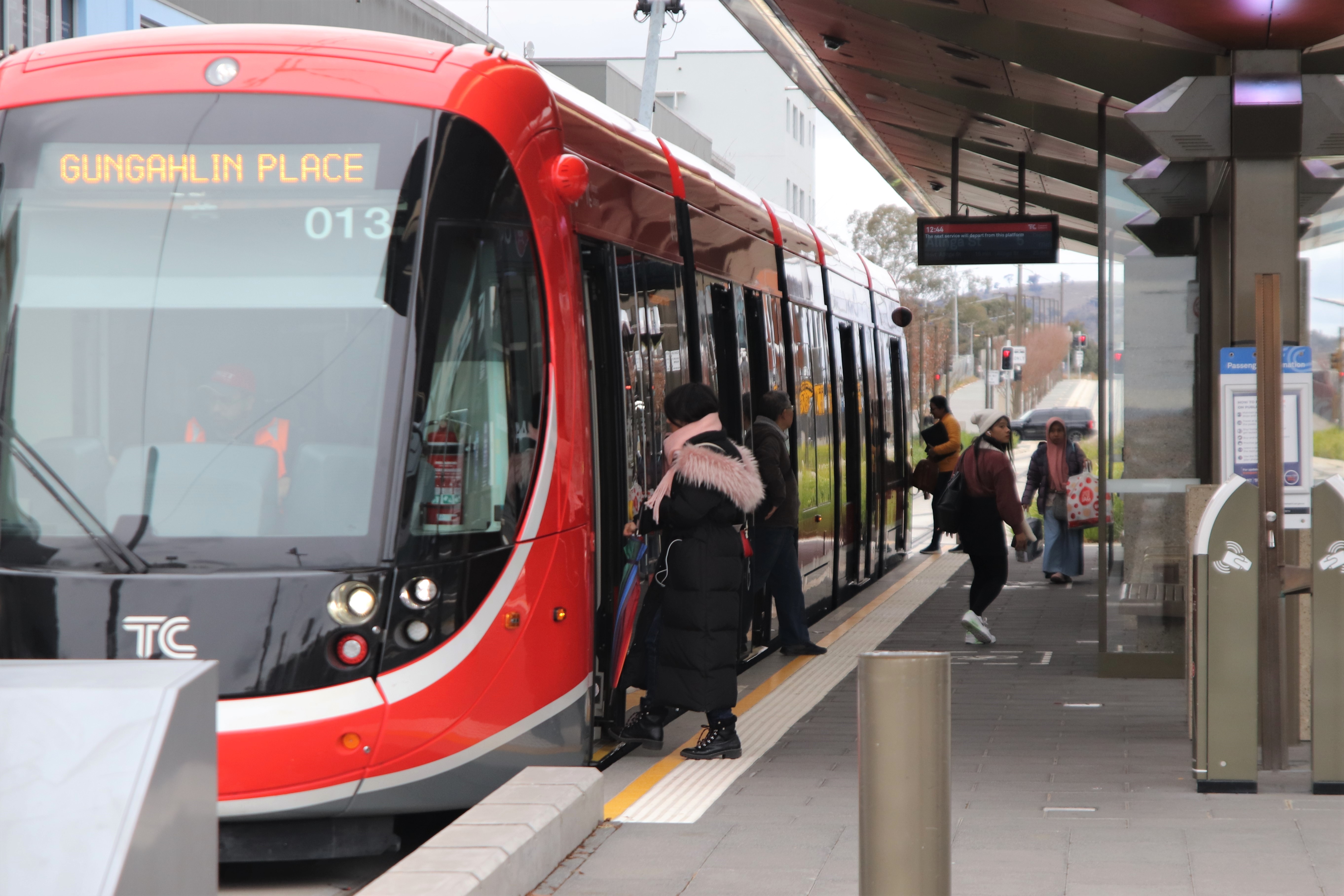First settled in 2010, Casey is another of Gungahlin’s suburbs that has experienced significant growth in the past five years, with the population almost quadrupling from 1492 people in 2011 to 5758 residents in 2016.
According to the most recent Census, Casey is largely home to young families, with 12.4% of residents born in the past five years, and 27.6% of the population aged from 30-39.
So what else defines the up-and-coming suburb of Casey?
Who lives in Casey
Reflecting the general youth of the Gungahlin region, the median age for Casey residents is 30, just one year younger than the regional norm. However, that’s slightly older than five years ago when the suburb’s median age was 28.
The population comprises 51.4% females and 48.6% males. Most residents aged above 15 are married (55.1%), while 34.8% have never been married. This correlates closely to the Gungahlin norm.
The majority of households within the region contain families (80.7%). Of those, 53.6% are couples with children, 32.3% are couples without children, and 12.8% are single parent households.
Those with children have an average of 1.7 children in their care. This is the same average number of children as five years ago but is slightly less than the Gungahlin average of 1.8 children per family household.
Strikingly, 12.4% of Casey residents were born in the past five years, while 25.4% of the population is aged under 15.
This reflects a rise in the number and percentage of children in the suburb. In 2011, children aged 0-14 made up 22.5% of the population, and 11.1% were aged under five.
How Casey fares financially
Casey is faring better than ever financially. Over 28% of households have a gross weekly income of above $3000, while the median weekly household income is $2302. This represents a significant rise on 2011 when only 20.8% of households had a gross weekly income of $3000 or more and the median income was $2180.
It also brings the percentage of households earning $3000 plus per week almost into line with the Gungahlin norm (31%) but sees a median weekly income of $50 more than the regional median.
It is well above the national norms, where 16.4% of the population has an income of $3000 or more each week, and the median is $1438.
And like most of Gungahlin, Casey residents now have more change in their pocket once expenses are taken out. Monthly mortgage repayments have dropped from $2600 in 2011 to $2201 in 2016. Meanwhile rents have also decreased from median weekly payments of $489 in 2011 to $420 in 2016.
How Casey residents live
By and large Casey residents live in freestanding homes, but they’re not quite as big as the Gungahlin region in general. Just under 62% of accommodation is separate houses, 35.6% is townhouses or semi-detached, and 2.1% of properties are units.
That compares to a general Gungahlin figure where 64.6% of dwellings are separate houses, 26.6% are townhouses, and 8.6% of the housing stock is units or flats.
Almost three quarters of Casey’s housing stock has been built since 2011. Now there are 2210 dwellings, compared to 607 in 2011. Back then 73.2% of the housing stock was free-standing houses, and 26.3% was townhouses.
In a statistic that’s less than the Gungahlin region generally but greater than the national average, 43.2% of Casey homes have four bedrooms or more. In wider Gungahlin, 46.7% of homes have at least four bedrooms.
Meanwhile 39.5% of Casey properties have three bedrooms, 14.3% are two-bedrooms, and 1.3% are one-bedroom dwellings.
And many people own their own home. Over 8% own it outright, 64.2% have a mortgage, and only 26% rent. Five years ago 5.8% owned their property outright, 68.8% had a mortgage and 24.6% were renting their place of residence.
Where Casey residents come from
The percentage of Casey residents who were born in Australia has changed only marginally since five years ago.
In 2011, 71% indicated their place of birth was Australia, while in 2016, 67.6% said they were born here. And this is higher than Gungahlin as a whole. Across the region 62.2% list their birthplace as Australia.
Other countries where Casey residents were likely to have been born include: India (4%), China (3.1%), England (2.2%), Philippines (1.5%), and Sri Lanka (1.4%)
In a figure that’s only risen by 1% since 2011, 38.1% of residents note both their parents were born overseas.
The only language spoken in most households (67.1%) is English. Other languages spoken at home include: Mandarin (3.2%), Hindi (2.4%), Urdu (1.4%), Cantonese (1.3%), and Sinhalese (1.2%0.
The final word
While Casey may have been more populated than some other Gungahlin suburbs in 2011, it has experienced significant development and growth.
Now the established suburb accommodates a young, well-off population who are putting their substantial income towards their future, with many investing in their own home.







